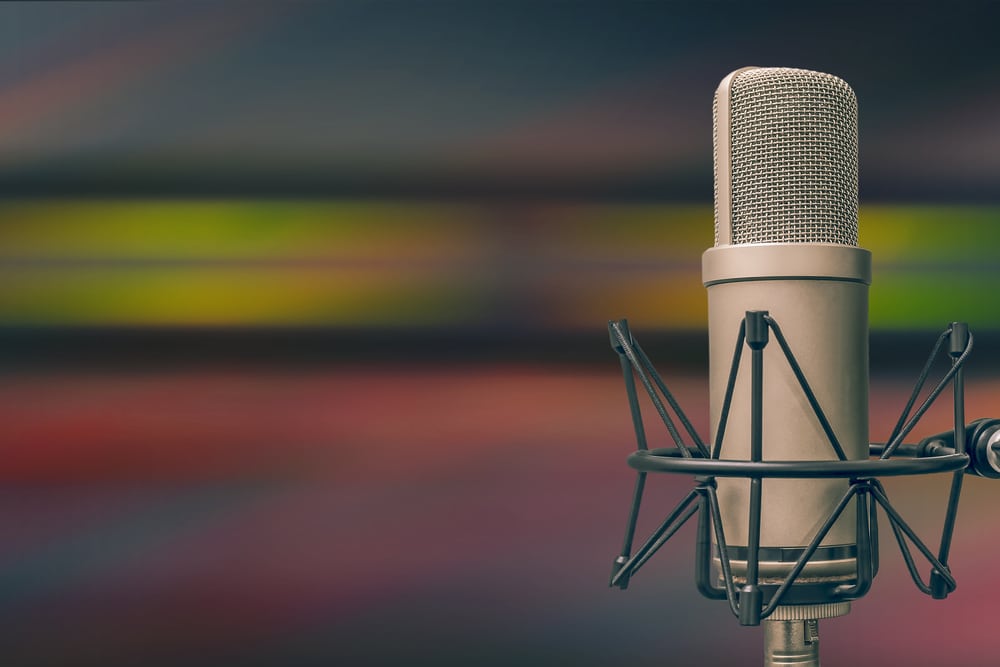The Power of Sound Design in Podcasting
Sound design plays a pivotal role in podcasting, shaping the listener's experience, enhancing storytelling, and distinguishing your podcast in a crowded market. From creating immersive environments to reinforcing narrative arcs, mastering sound design techniques can elevate the quality and impact of your podcast episodes. In this comprehensive exploration, we delve into the importance of sound design, its key elements, practical techniques, and its transformative effects on podcast production.
Understanding Sound Design in Podcasting
Sound design encompasses the art of creating and manipulating audio elements to convey emotions, set scenes, and engage listeners:
- Emotional Impact: Sound design evokes emotions, enhances storytelling, and reinforces key messages through auditory cues.
- Atmospheric Creation: It establishes ambiance, transports listeners to different settings, and creates a sense of presence within the narrative.
Key Elements of Sound Design
1. Music and Sound Effects
- Music Selection: Choose music that complements your podcast's tone and enhances emotional impact.
- Sound Effects: Integrate sound effects to emphasize actions, transitions, and mood shifts, creating a more immersive listening experience.
2. Foley and Ambient Sounds
- Foley Artistry: Create realistic sound effects for footsteps, doors opening, or other subtle noises that add authenticity to storytelling.
- Ambient Soundscapes: Develop ambient backgrounds that establish settings and immerse listeners in the podcast's world.
3. Voice and Audio Quality
- Voice Treatment: Enhance voice clarity and presence through EQ adjustments, compression, and noise reduction techniques.
- Consistent Audio Levels: Ensure balanced audio levels between voices, music, and sound effects for a cohesive listening experience.
Techniques for Effective Sound Design
1. Establishing a Sonic Identity
- Theme Music: Develop a recognizable theme or musical motif that sets the tone and enhances brand identity.
- Signature Sound Effects: Use consistent sound effects or audio cues that listeners associate with your podcast, reinforcing brand recognition.
2. Layering and Mixing
- Layering Techniques: Layer multiple sound elements (voice, music, sound effects) to create depth and richness in audio.
- Dynamic Mixing: Adjust volume levels, panning, and spatial positioning to optimize clarity and maintain listener engagement.
3. Narrative Enhancement
- Scene Transitions: Use transitional sound effects or musical motifs to signal scene changes or shifts in narrative focus.
- Pacing and Rhythm: Align sound design with storytelling pace to maintain momentum and captivate audience attention.
Integrating Sound Design into Podcast Production
1. Pre-Production Planning
- Script Considerations: Incorporate sound design cues into episode scripts to guide production and editing.
- Storyboarding: Create visual or auditory storyboards to outline sound design elements and their timing within episodes.
2. Recording and Editing
- Recording Techniques: Capture clean audio recordings with minimal background noise for easier integration of sound design elements.
- Editing Workflow: Integrate sound effects, music, and voice treatments during the editing process to refine the podcast's auditory experience.
3. Quality Control and Feedback
- Audience Testing: Solicit feedback from listeners to gauge the effectiveness of sound design elements in enhancing their listening experience.
- Peer Review: Collaborate with fellow podcasters or audio professionals to review sound design choices and identify areas for improvement.
The Impact of Effective Sound Design
1. Listener Engagement and Retention
- Emotional Connection: Sound design enhances storytelling, fostering deeper emotional engagement and connection with listeners.
- Immersive Experience: Creates a memorable and immersive listening experience that keeps audiences coming back for more episodes.
2. Brand Differentiation and Recognition
- Distinctive Identity: Establishes a unique sonic identity that distinguishes your podcast in a competitive landscape.
- Professionalism: Demonstrates a commitment to quality and professionalism, enhancing overall podcast credibility and appeal.
Sound design is a powerful tool that transforms podcast episodes into immersive auditory experiences, enhancing storytelling, evoking emotions, and building listener loyalty. By mastering sound design techniques, podcasters can elevate the quality of their productions, attract new audiences, and differentiate their podcasts in a crowded market. Whether through strategic music selection, meticulous audio editing, or immersive soundscapes, embracing sound design as a fundamental aspect of podcast production can unlock new dimensions of creativity and engagement, ensuring memorable and impactful podcast experiences for listeners worldwide.






































